While struggling to figure out how to effectively change the economic model, in 2022, the couple's son, who was working in Vinh Phuc, "brought back a basket of wisdom" and advised his parents on a completely new livestock model.
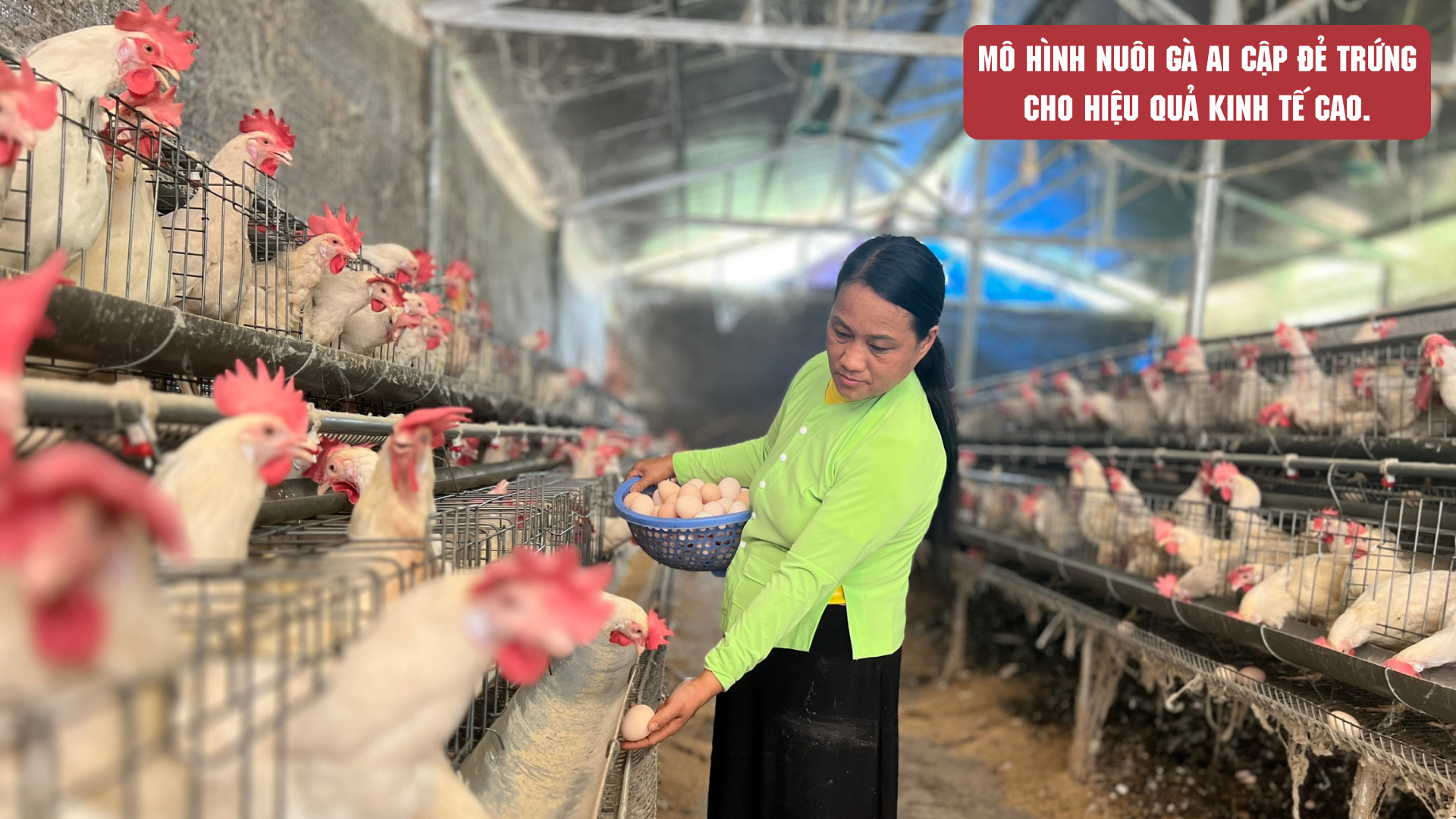
From consulting and visiting the agricultural company where their son worked, Mr. Kien and Ms. Xuyen were determined to bring the Egyptian egg-laying chicken farming model to domesticate in the locality. This breed of chicken has the characteristics of being disease-free, easy to raise, moderate weight, eggs as delicious as local chickens, easy to sell and especially high egg productivity, low feed costs.

In the first batch, the family invested in a barn and raised 900 chickens. When the chicks were brought home, Mr. Kien carefully prepared a brooding area with heating lamps and spread thick layers of rice husks to keep them warm. In the early days, he and his wife took turns taking care of them, ensuring that the barn temperature was always stable and that the food was nutritious enough for the chickens to grow healthily. When the flock grew larger, the family vaccinated them with all types of vaccines to prevent common diseases. The food and dosage for each age of the chickens were given according to instructions to keep the chickens healthy and the eggs of the best quality. After 7 months of raising, the chickens began to lay eggs. Every day, looking at the big, round, shiny eggs, the couple became more confident with this new farming model.
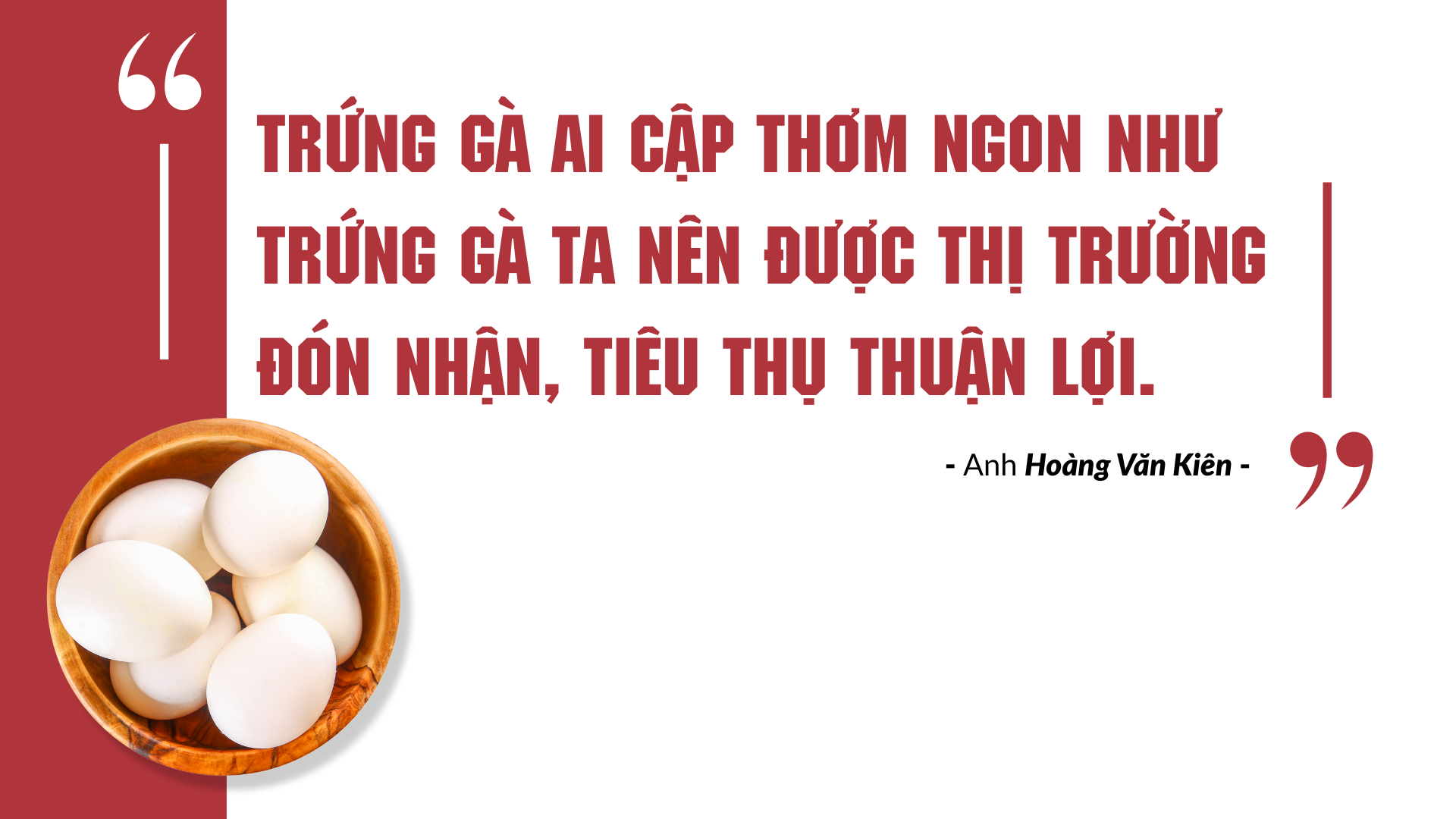
In the second year, Mr. Kien decided to expand the scale to 2,000 chickens. With a larger scale, the flat cage system, although familiar, makes the chickens susceptible to disease, and cleaning the cages also requires a lot of labor. To gain more experience, Mr. Kien actively traveled to many localities in and outside the province to "witness" Egyptian chicken farming models to learn about the process, characteristics and effective farming methods. After visiting and learning from large farms in Vinh Phuc and Nam Dinh, he decided to switch to cage farming, which is cleaner, reduces disease, and is less labor intensive.

The garden that used to grow corn and cassava was renovated by the family, and a cage was built with a system of automatic feeders, waterers, egg trays, electric heating bulbs in winter, and cooling fans in summer; under the floor of the cage is a thick layer of biological bedding that helps decompose urine and feces, reducing odors, saving water and cleaning the cage. To ensure the healthy growth of the livestock, Mr. Kien regularly cleans feces and disinfects the cage area to limit odors and environmental pollution, and prevent disease. According to Mr. Kien, in addition to carefully selecting breeds, if you want chickens to lay eggs regularly and have good egg quality, the chicken feed must ensure nutritional components.

Thanks to the correct application of techniques, the family's chicken farming model has gradually developed over the years. Up to now, his farm has 7,000 chickens, yielding nearly 7,000 eggs per day. The farm's Egyptian chicken eggs have become a product trusted by local people and some restaurants and hotels in the province. With a selling price of 2,000 - 2,500 VND/egg, his family earns more than 14 million VND/day.
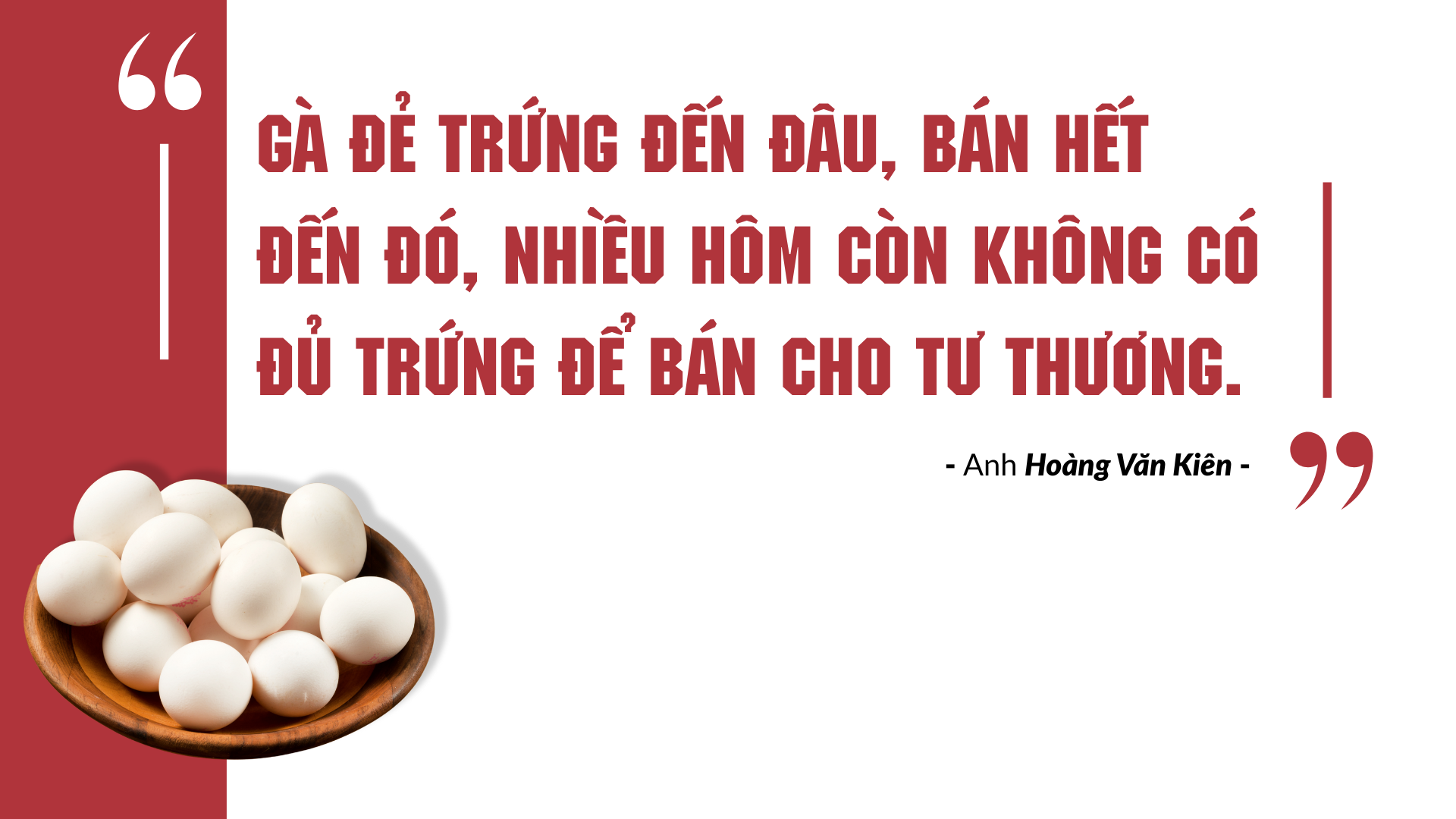
Egyptian chickens have an egg-laying cycle of 8 months (from the time they lay their first egg), after which they are culled to be replaced by a new batch of chickens. The chickens after egg exploitation are sold to businesses and traders at a price of 60,000 - 65,000 VND/kg, each chicken after egg exploitation weighs from 1.5 - 1.7 kg, bringing a significant source of income to the family.
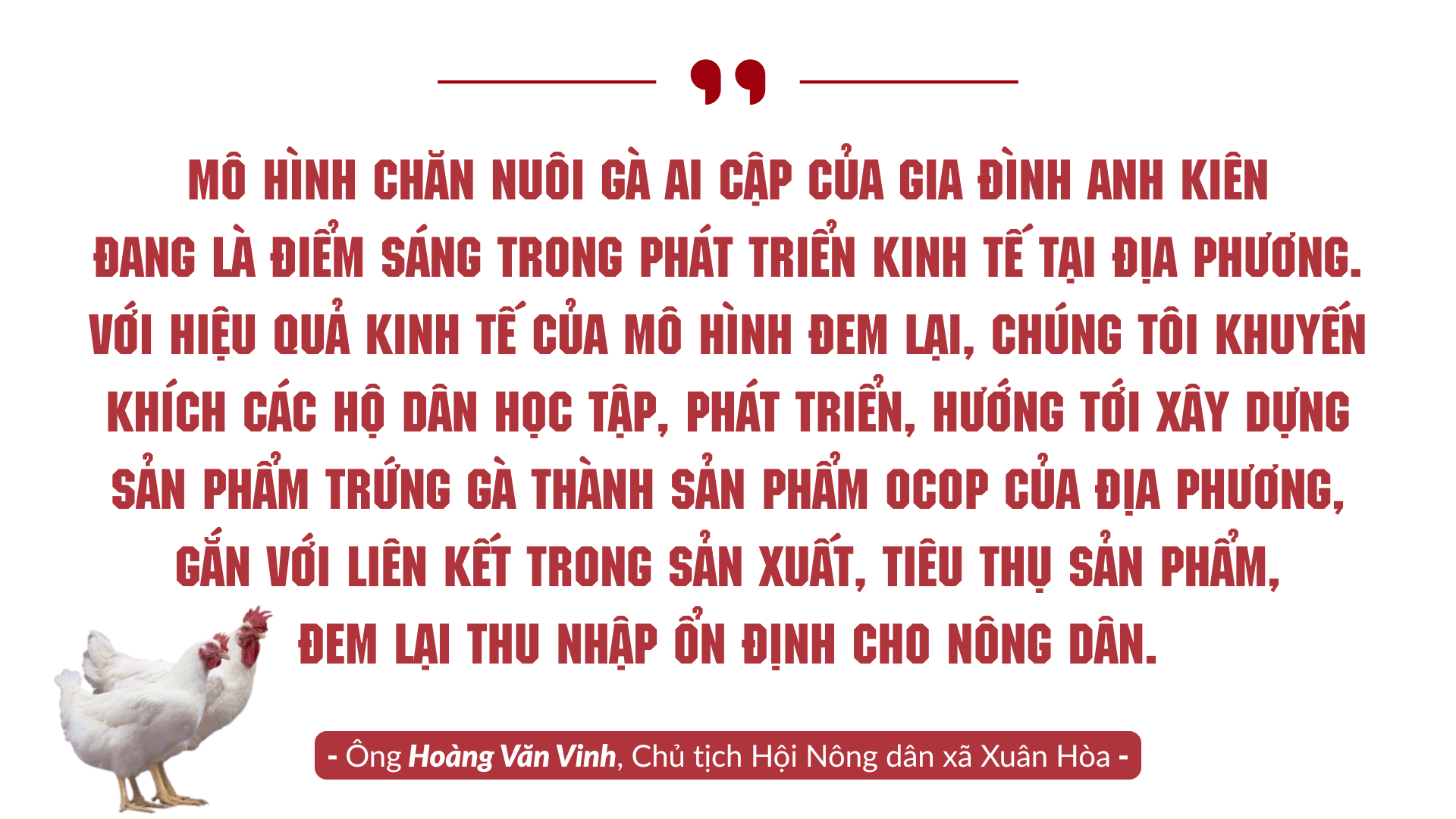
Source: https://baolaocai.vn/trien-vong-nuoi-ga-ai-cap-de-trung-post401390.html


![[Photo] National Assembly Chairman Tran Thanh Man chairs the meeting of the Subcommittee on Documents of the First National Assembly Party Congress](https://vphoto.vietnam.vn/thumb/1200x675/vietnam/resource/IMAGE/2025/5/8/72b19a73d94a4affab411fd8c87f4f8d)

![[Photo] Prime Minister Pham Minh Chinh meets with the Policy Advisory Council on Private Economic Development](https://vphoto.vietnam.vn/thumb/1200x675/vietnam/resource/IMAGE/2025/5/8/387da60b85cc489ab2aed8442fc3b14a)
![[Photo] President Luong Cuong presents the decision to appoint Deputy Head of the Office of the President](https://vphoto.vietnam.vn/thumb/1200x675/vietnam/resource/IMAGE/2025/5/8/501f8ee192f3476ab9f7579c57b423ad)
![[Photo] General Secretary concludes visit to Azerbaijan, departs for visit to Russian Federation](https://vphoto.vietnam.vn/thumb/1200x675/vietnam/resource/IMAGE/2025/5/8/7a135ad280314b66917ad278ce0e26fa)


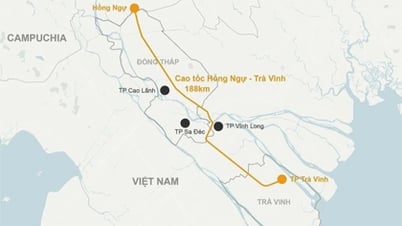
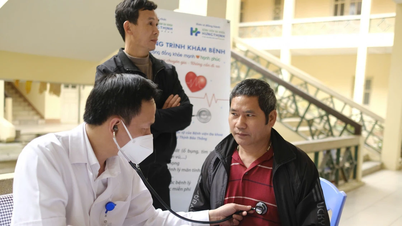







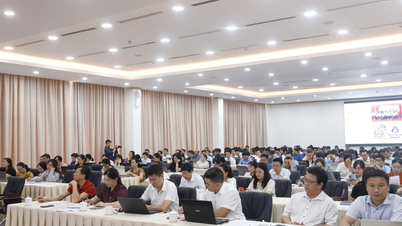
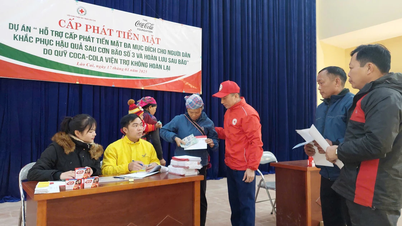
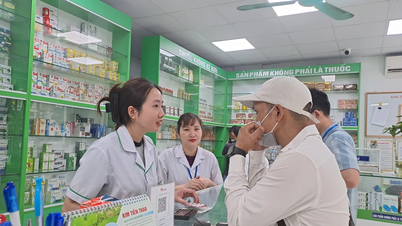
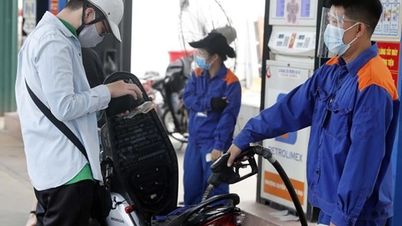
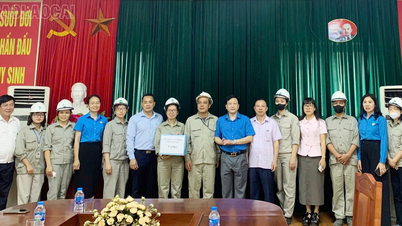
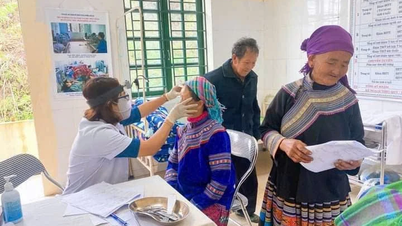

































![[Photo] Prime Minister Pham Minh Chinh talks on the phone with Singaporean Prime Minister Lawrence Wong](https://vphoto.vietnam.vn/thumb/402x226/vietnam/resource/IMAGE/2025/5/8/e2eab082d9bc4fc4a360b28fa0ab94de)
















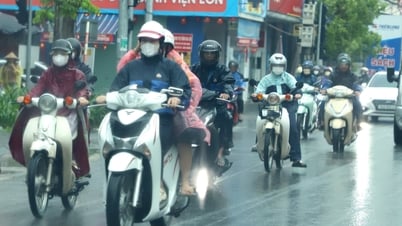

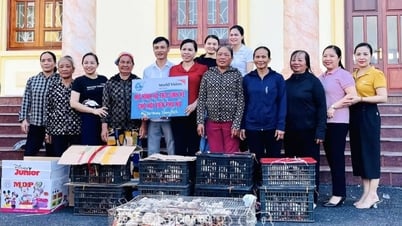













Comment (0)